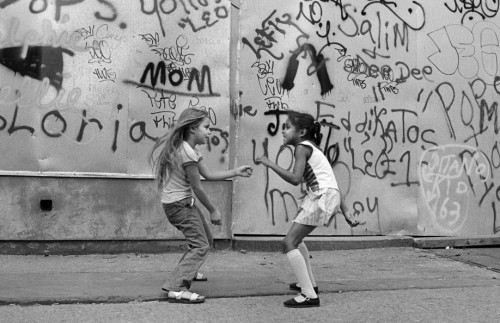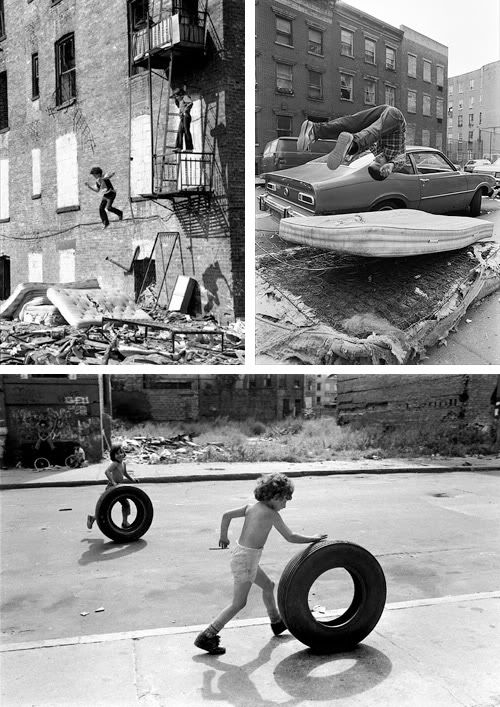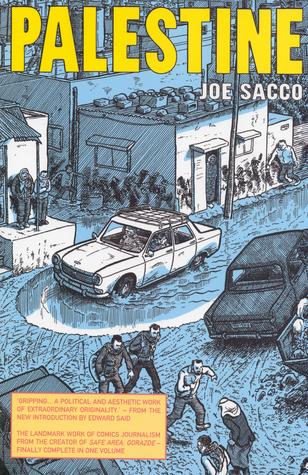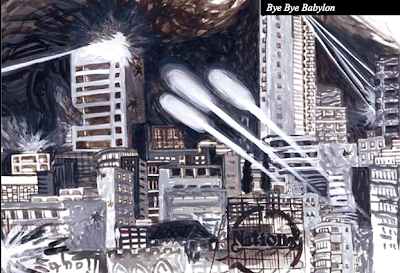-->
Samantha Abeel diagnosed with dyscalculia in grade 7 recounts her struggle. Might also be paired with Abeel’s poetry and story book (Illustrated with watercolor paintings by Charles Murphy),
Reach for the Moon (2001).
Armstrong’s account of his life after being diagnosed with cancer and how he fought back.
B., David. (2006).
Epileptic. New York: Pantheon.
David B’s graphic autobiographical account of living with his brother, Jean Christophe, who is epileptic.
Beah’s account of being a child-soldier in Sierra Leone.
An account by Beals, who was one of the nine Black teens who were first to integrate Central High School in Little Rock, AR in 1957.
 |
| From Fun Home |
Bechdel’s graphic memoir of life with her father, her father’s death, growing up in the 1960s-1970s in rural Pennsylvania, and being a lesbian. Bechdel’s father was a high school English teacher and owner of a funeral parlor.
Bryson’s funny and poignant memoir of growing up during the 1950s.
An account of three years by Eireann Corrigan of her eating disorder and being a teen.
YA author, Chris Crutcher’s account of his adolescence growing up in Cascade, Idaho and his understandings as an adult.
Gantos, Jack. (2002).
Hole in My Life. New York: Farrar, Straus and Giroux.

Gantos’s account of his jail time, how it gave rise to his work as a writer, and an introspective look at adolescence.
A daughter’s retelling of her mother’s life as a young teen when she is sent to London for six years as part of the kindertransport. Annenberg has produced a video series in connection to this text:
Teaching The Children of Willesden Lane.
Retired NASA engineer, Homer Hickman’s account of building his first rocket. Set in the late 1950s in Coalwood, West Virginia, a mining town.
Set in China in the mid 1960s, Jang recounts her coming of age during Mao Ze-dong’s Cultural Revolution.
With the concept of water as a unifying theme, Paule Marshall recounts her writerly life. Originally given as a series of talks at Harvard University.
McCourt’s account of growing up, Irish Catholic, in Limerick, Ireland.
An account of living under communist rule in Bucharest, Romania, postwar--at the end of the 1950s and beginning of the 1960s as recalled by Molnar.
Walter Dean Myer’s account of growing up in Harlem in the 1940s and what it means to fit in to ‘the group’ and to be one’s self.
A memoir-in-comic form of Satrapi’s life as a young girl in Iran after the Shah is disposed recounting what it was like to grow up during the Islamic Revolution. The first of two accounts. The story is continued in
Persepolis 2: The Story of a Return.
Smith, Hilary. (2012).
. San Francisco, CA: Conari Press.
A witty and yet telling account of being a young woman diagnosed with bipolar.
600 teens chronicle their lives using 6 words to do so. For example Amanda L. writes, “I’m army boots. Ready for battle.” Anna-Lise M. writes, “Hung myself. Sister found me. Alive.” Hannah D. writes, “Don’t believe in love. Only science.”
 |
| From Maus I |
Spiegelman’s autobiographical comic-book account of his relationship with his father, Vladek, Vladek ‘s experiences in Nazi-occupied Poland, and the effects of the Holocaust on Vladek and his son’s lives. In the text, the Nazi’s are portrayed as cats, Jews are drawn as mice, Poles are pigs, and Americans are dogs. The story continues in
Maus II: A Suvivor’s Tale: And Here My Troubles Began (1992). Pulitzer prize winner.
Howard Wasdin’s account of being a SEAL on mission in Africa.
Student On-Line Essays/Memoirs
On-line essay published by Teen Ink that recounts author’s account of her memories of her father who died from Alzheimers. Here’s a memorable line: “I remember one of the last times I saw my dad at the nursing home where he lived. That place scared me, with its odd smell that was a mixture of industrial cleaner and despair.”
































